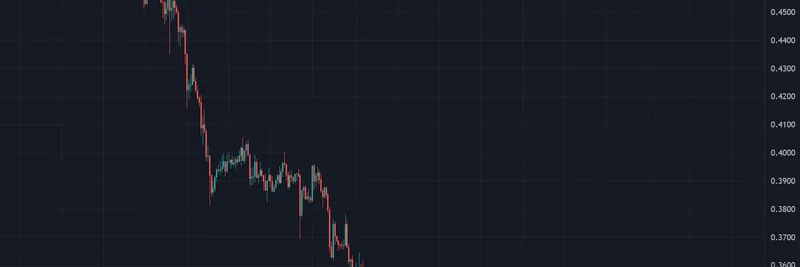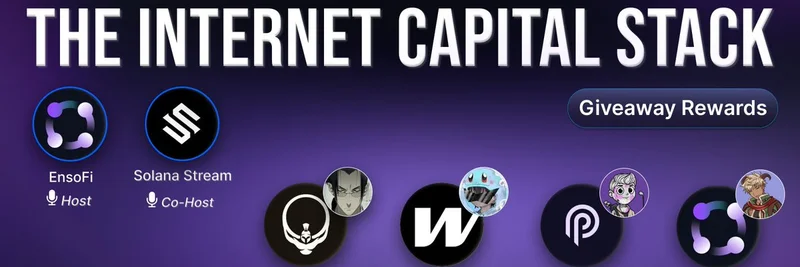In a recent tweet, Solana highlighted a transformative vision for the future of finance, where the boundaries between saving, spending, and investing dissolve through the power of tokenization and programmable assets. Featuring insights from Lily Liu, President of the Solana Foundation, this discussion underscores the potential of blockchain technology to reshape how we interact with money and assets.
The Evolution of Tokenization
Tokenization, at its core, is the process of converting rights to an asset into a digital token on a blockchain. This concept, while not new, is gaining traction due to its ability to enhance liquidity, transparency, and efficiency in various sectors, including finance. As globacap.com explains, tokenization can represent anything from currency and shares to real estate, offering a myriad of benefits such as improved security and accelerated transaction processing.
Lily Liu's discussion emphasizes that once assets are tokenized, they become programmable and can move 24/7. This programmability is a game-changer, allowing for the automation of complex financial transactions and compliance procedures. For instance, tokenized real estate could theoretically be bought and sold in minutes, bypassing traditional intermediaries and paperwork, as noted in the same globacap.com article.
Stablecoins: The First Step
The journey towards this vision begins with stablecoins, digital currencies pegged to stable assets like the U.S. dollar. Stablecoins provide a bridge between the volatile crypto market and traditional finance, offering a stable medium of exchange. According to investopedia.com, stablecoins like Tether (USDT) are widely used due to their 1:1 backing, making them a critical component in the ecosystem.
Liu points out that stablecoins are "quite literally a form of RWA (Real World Asset) as well," suggesting that they are the first step in tokenizing broader financial instruments. This perspective aligns with the growing regulatory scrutiny and market interest in stablecoins, as they continue to influence the broader financial system.
Programmable Assets and the Future of Finance
The real innovation lies in programmable assets, which leverage blockchain's inherent properties to enable real-time access to payments and asset management. As d3labs.io discusses, these assets can automate business logic and compliance, marking a new era of efficiency and control.
Liu's vision extends beyond mere tokenization to the programmability of blockchain, which has been a feature for over a decade. This programmability means that your crypto wallet becomes a universal tool, capable of holding anything from meme coins to high-value investments. The implications are profound: financial transactions can be tailored to individual needs, with assets that can be anything from simple digital representations to complex, programmable entities.
Blurring the Lines Between Saving, Spending, and Investing
The most compelling aspect of this vision is how it blurs the lines between saving, spending, and investing. Traditional finance often compartmentalizes these activities, but with tokenized, programmable assets, they converge into a seamless experience. For example, you could save in a stablecoin, spend with a tokenized asset, and invest in a programmable financial instrument—all within the same ecosystem.
This convergence is facilitated by the 24/7 nature of blockchain transactions, which eliminates the constraints of traditional banking hours and geographical boundaries. As Liu suggests, "once you can tokenize that and once you can pay with it using that technological standard, the next thing that you put on top of that is the tokenization capability is the programmability of blockchain."
Implications for the Meme Token Ecosystem
For practitioners in the meme token space, this vision offers exciting possibilities. Meme tokens, often seen as speculative and volatile, could benefit from the stability and programmability of broader tokenized assets. The Solana ecosystem, known for its speed and low transaction costs, is particularly well-suited to host such innovations.
As meme-insider.com continues to track the latest developments in meme tokens, this discussion by Lily Liu provides a roadmap for how these assets can evolve. The integration of stablecoins and programmable assets could enhance the utility and acceptance of meme tokens, making them a more integral part of the financial landscape.
Conclusion
Solana's vision, as articulated by Lily Liu, is not just about technological advancement but about redefining the very nature of finance. By tokenizing and programming assets, we are moving towards a future where saving, spending, and investing are indistinguishable, governed by the seamless, efficient, and transparent capabilities of blockchain technology. For those in the meme token space and beyond, this is an opportunity to rethink how we engage with digital assets and to embrace a new era of financial innovation.
Stay tuned to meme-insider.com for more insights into how these developments are shaping the world of meme tokens and blockchain technology.




